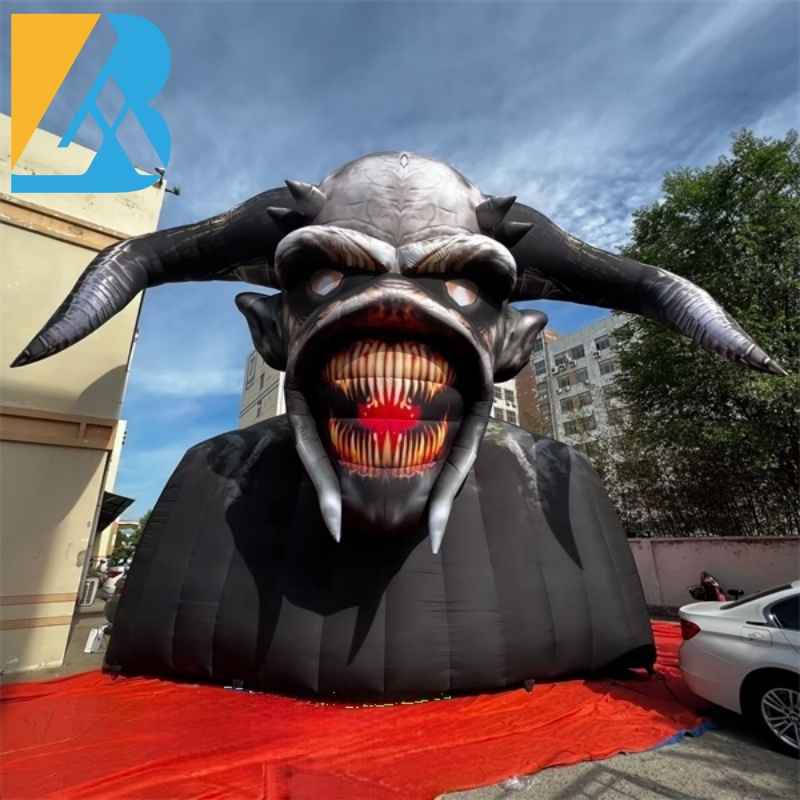Assessing Sewing Quality in Huge Inflatable Products
- Framco Lee
- September 18, 2024
- 3:25 pm

Sewing is a critical component in the construction of huge inflatable products. A strong and durable seam is essential to ensure the product’s safety, longevity, and overall performance. Here’s a comprehensive guide to assessing sewing quality in the sewing process of these massive structures:
- Materials and Thread:
Material Strength: Use high-quality, heavy-duty materials that are specifically designed for inflatable products. These materials should be resistant to tears, punctures, and UV rays ( if you need ).
Thread Strength: Choose a strong, abrasion-resistant thread that is appropriate for the material thickness and the type of seam.
Thread Consistency: Ensure that the thread is consistent in quality and thickness throughout the sewing process.
- Seam Type and Design:
Appropriate Seam: Select seam types that are suitable for the specific application and the type of material being used. For example, a flat-felled seam is often used for its strength and durability in inflatable products.
Reinforcement: Consider reinforcing critical seams with additional stitches, double seams, or gussets to enhance strength and prevent leaks.
Stress Points: Identify and reinforce stress points, such as corners, seams that experience high pressure, or areas where the inflatable is likely to be handled frequently.
- Stitch Length and Tension:
Stitch Length: Adjust the stitch length to match the material thickness and the desired level of strength. A shorter stitch length generally provides better durability.
Stitch Tension: Maintain consistent stitch tension throughout the sewing process. Excessive tension can cause the fabric to stretch or tear, while insufficient tension can lead to weak seams.
- Sewing Machine and Needles:
Machine Quality: Use a commercial-grade sewing machine that is designed for heavy-duty materials.
Needle Size: Select the appropriate needle size based on the material thickness. A larger needle may be necessary for thicker materials.
Needle Condition: Ensure that the needle is sharp and free of defects. A dull needle can cause poor stitching quality and damage the fabric.
- Quality Control Inspections:
Regular Inspections: Conduct regular inspections throughout the sewing process to identify and correct any defects or inconsistencies.
Visual Inspection: Visually inspect the seams for any signs of skipped stitches, loose threads, or uneven stitching.
Strength Testing: Perform strength tests on sample seams to assess their durability and resistance to tearing.
6. Documentation and Record-Keeping:
Quality Records: Maintain detailed records of the sewing process, including the type of material, thread used, stitch length, and any quality control inspections.
Documentation: Document any defects or issues that are identified during the sewing process, along with the corrective actions taken.
By following these guidelines and implementing rigorous quality control measures, you can ensure that the sewing in your huge inflatable products is of the highest quality, resulting in safe, durable, and long-lasting products.
Contact Us
- Phone: +86 135 7045 5750
- WeChat: baiinflatables
- E-mail: franco@baiinflatables.com
- WhatsApp: +86 135 7045 5750
- Add: Room A032, Room 225, 2nd Floor, No. 192, Dabei Road, Shiqiao Street, Panyu District, Guangzhou, China
